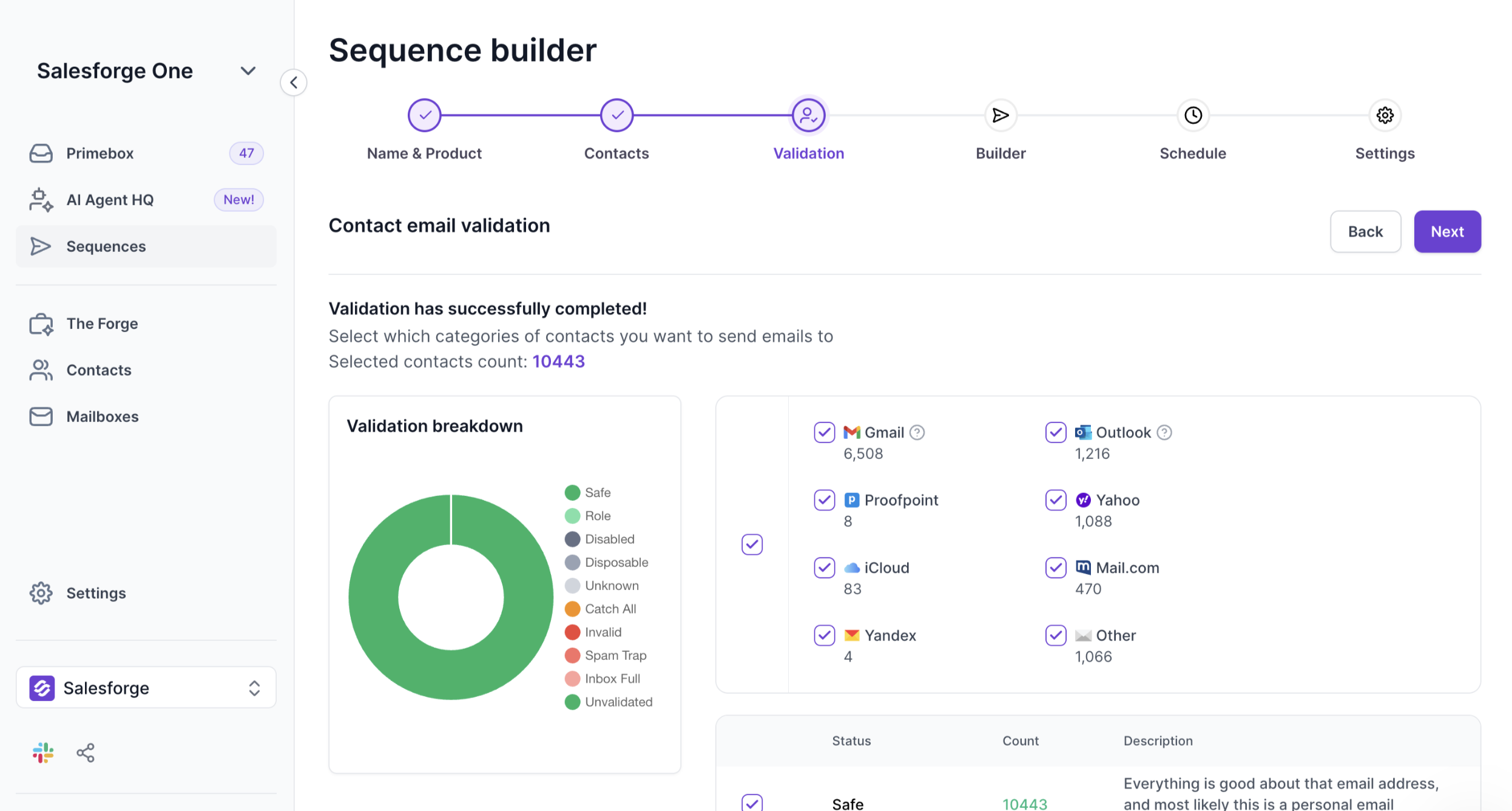
Cold emails bouncing when sent to recipients using services like Proofpoint typically happen because such services are highly protective and employ advanced email filtering techniques. Proofpoint and similar tools focus on safeguarding their clients' email environments from spam, phishing, and other unwanted messages. Here’s a breakdown of the reasons and considerations for avoiding sending emails to these recipients:
Strict Security and Filtering Policies
Reputation-based Blocking: Proofpoint evaluates the sender’s domain and IP reputation. If your domain or sending IP is new, lacks authentication (like SPF, DKIM, and DMARC), or has a history of spamming, Proofpoint is likely to block your email.
Content Analysis: These systems scrutinize email content for spam-like patterns, including salesy language, excessive links, or lack of personalization. Cold emails often trip these filters.
Graylisting: Proofpoint may temporarily reject emails from unknown senders to see if they retry, a tactic to identify automated systems and spam.
Recipient-Specific Rules
Companies using Proofpoint often set customized rules for their specific needs. Emails from non-approved or unknown sources may be outright rejected.
Over-aggressive Filters: Even well-intentioned cold emails can get caught by highly aggressive filtering configurations.
Volume and Frequency Triggers
Sending too many emails to a domain in a short time can trigger rate-limiting, leading to bouncebacks.
Unverified Email Lists: If your recipient list contains invalid addresses or spam traps, services like Proofpoint will penalize you.
Risk of Domain Reputation Damage
Continuous bounces or blocks from a service like Proofpoint can harm your sending domain’s reputation. A bad reputation will make your emails less likely to reach inboxes of other recipients, even outside Proofpoint’s network.
High Likelihood of Non-Engagement
Proofpoint-protected domains are often used by larger organizations with stricter policies. Recipients might never see your email due to aggressive filtering.
Even if delivered, these emails may land in junk or quarantine folders, reducing the chance of engagement.
Effort vs. Reward
Attempting to bypass Proofpoint’s filters (e.g., by altering content or sender information) requires significant effort, with a low success rate.
Resources might be better spent targeting recipients who are more accessible and likely to respond.
Compliance and Legal Risks
Persistently emailing recipients who are effectively "protected" by services like Proofpoint could be perceived as spam under regulations like GDPR or CAN-SPAM, especially if you lack proper consent.
For this reason, we have introduced ESP filtering in Salesforge, now when contacts are validated within Salesforge, you can see what ESP/services they are using like Proofpoint, MS 365, etc.
